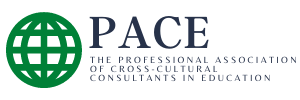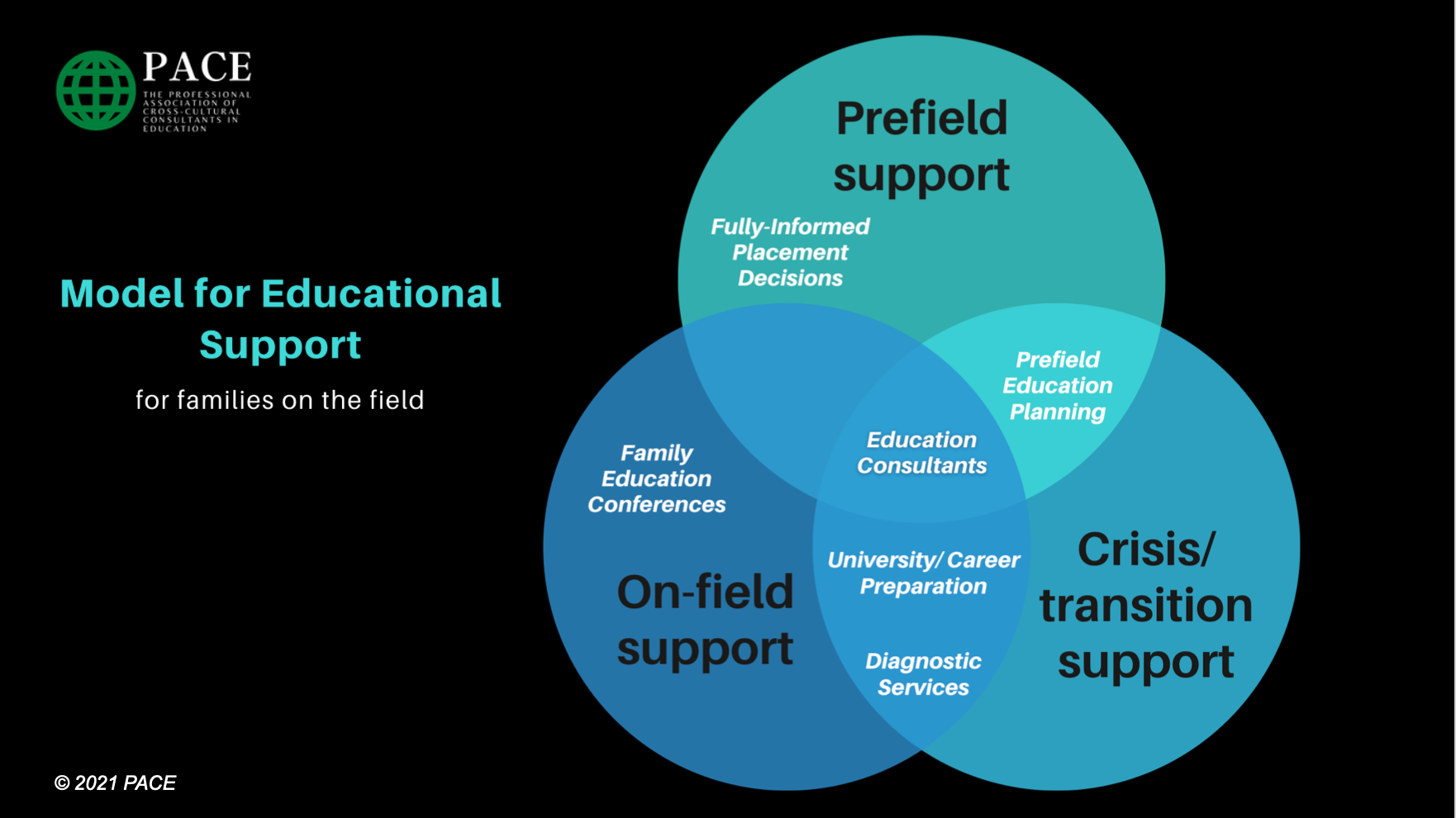In March, many education consultants gathered in person at the MK Education Summit near Atlanta…
Roundup of Education Headlines – October 16, 2013
Flipped Classrooms
Have you heard of the trend to “flip” traditional classrooms? Flipped classrooms require students to view videos that deliver the primary content of the lesson, and then they go to school to practice application with their teachers and peers. Khan Academy is one of the most-used video tools used for this purpose and is free. And check out this article about how one US school district is implementing this method.
Fitness Improves Memory
Would you be surprised to learn that a study published last month provides a link between the physical fitness of children and their recall of information they’ve learned? Me either! There are implications here for children in any type of school environment.
A Different Notetaking Strategy
Teaching children to take notes can be a real struggle, especially for homeschooling parents. We all believe that children are wired differently, so why wouldn’t their notetaking strategies be different as well? Take a look at this visual notetaking strategy, which could be especially helpful to share with parents of creative and visual learners.
Important Toys for Preschoolers
What may be more important than any preschooling homeschool program? Simple building blocks. Read and share this with parent to help them understand how play with blocks may correlate with later math performance for children.
Get to Bed!
We don’t like to talk about this much, but we have all consulted with families who have a difficult time providing structure for their children. A recent study in the UK provides new data that clearly shows how regular bedtimes benefit children. Maybe a link to this article can help you provide a gentle nudge.
Early Intervention or “Wait and See”?
When parents have questions about the language development of a young TCK, a good consultant listens to what they have to say very carefully. In many cases, the child may just not be performing at the level of his older brothers or sisters and causing parental alarm. In other cases, though, real red flags may emerge. A recent study shows via brain scans that the prime window for language development occurs before age four. This supports what we see in our families – young children often learn a second language quicker and more fluently than their siblings or parents. It also means that when there are problems, we need to work hard to help families connect to speech-language professionals and strategies.
Which of these studies is most relevant to you in your consulting?
© 2012-2023 PACE
All rights reserved


